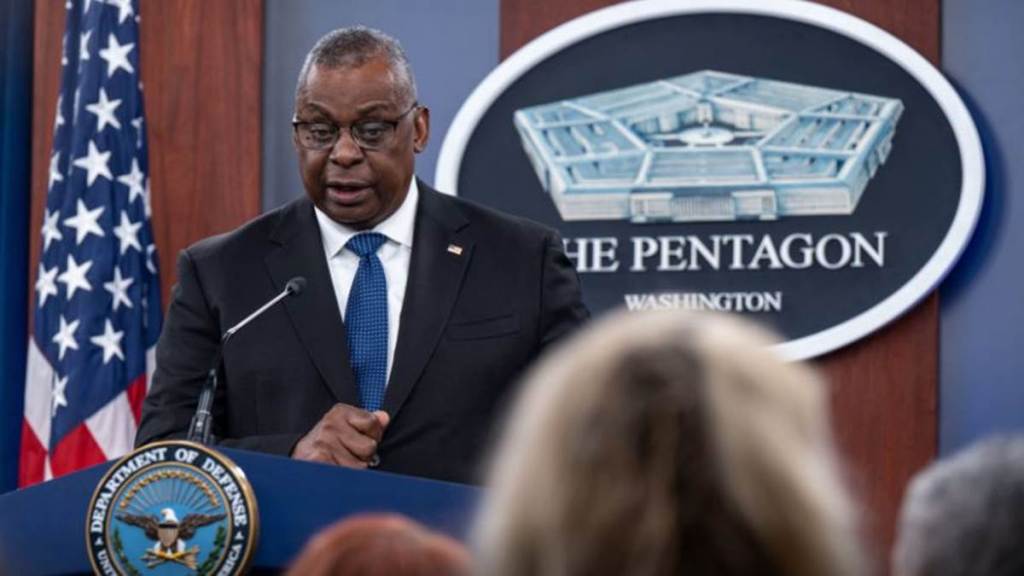The 80 page National Defense Strategy (NDS) which was released on late Thursday (Oct 27), even as terrorist threats persists, the report states that both China and Russia pose more challenges to the security and safety in US.
The unclassified version of the strategy document released after six months’ delay remains confident that the long term threat lies not in Moscow but Beijing.
While releasing the report the US Defence Secretary Llyod Austin, has directed the Department of Defense “to act urgently” to sustain and strengthen US deterrence. And identified China as its “most consequential strategic competitor for coming decades’’. According to the report released in Washington DC — People’s Republic of China (PRC) is the department’s “pacing challenge” and its coercive tactics are the most serious challenge to US national security. However, the National Defense Strategy has noted that conflict with the PRC is neither desirable nor inevitable.
Russia
Regarding Russia it identifies it as an “acute threat’’. And has stated that the US and its partners and allies will face challenges of deterring two major powers which hold diverse nuclear capabilities which have created more stress on strategic stability.
The Defense Strategy Paper is considered to be used as the guiding principle for the Department of Defense of the US and this year the focus has shifted from terror angle to homeland security, which according to the document both scale and scope of threats has increased.
Russia & China
Both these countries are more dangerous and pose challenges to the security and safety of the US.
India & US
India too features in the Strategy document and its tensions with China along the Line of Control in eastern Ladakh features thrice. The strategy document states that the Department of Defense will help “our Major Defense Partnership with India to enhance its ability to deter PRC aggression and ensure free and open access to the Indian Ocean region”.
Indo-Pacific
According to the document China seeks to undermine US alliances and security partnerships in the Indo-Pacific region, and leverage its growing capabilities — like its economic influence. The People’s Liberation Army (PLA’s) has been increasing its military footprint and strength to not only coerce its neighbours but also threaten their interests. Its proactive coercive activity against Taiwan threatens the peace and stability in the Taiwan Strait.
In accordance with US policy and international law, the report states that the department will offer its help to its ally and partner efforts to help in addressing acute forms of grey zone coercions from China’s campaigns – as it tries to establish control over South China Sea, Taiwan Strait, East China Sea and disputed land borders, like it has with India.
It has stated that it will maintain open lines of communication with China’s People’s Liberation Army (PLA).
Besides expanding its conventional forces, the Chinese forces are getting aggressively into cyber, electronic, space, counter-space, and informational warfare capabilities. And the country is also accelerating the modernization and expansion of its nuclear capabilities.


